Combat aircraft. MBR-2, Beriev's Ambarchik
He was born in the head of the legend of the Soviet hydroaviation, George Mikhailovich Beriev. A man who did not just pick up the work of Grigorovich, the father of the Russian sea aviation, but also continued them at the global level.
But it all began with the MBR-2. Naval intelligence officer Beriev.
Beriev for the debut chose the scheme of a single-engine monoplane with a pusher propeller and a two-sided boat. The design was supposed to have good seaworthiness, as well as the ability to take off and land on water at waves up to 0,7 m. The M-27 engine was planned as a power plant.
I’ll say right away what happened with the engine as always, that is, M-27 was not brought to mind. Therefore, the MBR-2 series went with the M-17 and AM-34. Do nothing, it is a common thing for those years.
In theory, the MBR-2 was supposed to be all-metal, but the state of the industry led to the aircraft being made entirely wooden. This complicated the life of designers, but half eased the path to mass production.
And here is the long-awaited moment - State tests. The program of factory and State tests of the aircraft passed in just 20 days, and even without the usual fine-tuning in such cases.
The car was very, very good. Easy to operate, stable on the water and in flight. The only disadvantage was the lower speed than on the licensed Savoy-Marchetti S-62В, which was in service with the Navy in 30-s.
But the MBR-2 was better for all the other LTHs.
The life of Beriev was somewhat spoiled by Tupolev, who at the time proposed his project - the MDR-2 all-metal aircraft. But Tupolev's aircraft did not show outstanding performance, and the patriarch was forced to concede. However, the undercover intrigue was overshadowed by the full program, and the issue of launching the production of the ICBM-2 was never resolved.
And then, by the will of personnel reshuffles, Beriev got into the Design Department of experimental aircraft building (COSOC) under the direct start of Tupolev.
Naturally, these games significantly complicated the serial production of the MBR-2. If not even reduced to zero. But the plane was saved by the head of TsAGI Kharlamov, who proposed to Beriev to develop a passenger version of the MBR-2.
The proposal suited everyone, including Tupolev, who stopped seeing the direct competitor to his brainchild in the passenger ICBM-2.
Well, in the course of the play, when the MDR-2 of Tupolev finally disliked the military, the passenger IDB-2 began to produce in its original form.
The first military specialty of the MBR-2 was its use as an aircraft-driver of radio-controlled torpedo boats, or as they were then called, wave control boats. So the first military modification appeared: the MBR-2BU.
Repeated tests have shown that the flight duration of 5-6 hours is quite possible to control the boats, but the aircraft needs some work on these tasks.
Subsequently, already in the Great Patriotic War, there were attempts to use radio-controlled boats, but it really did not work out because of the need for constant fighter cover for the control aircraft.
But the MBR-2 has become a flying laboratory for testing various communication and external control systems: Sprut, Volt-R, Quartz-3, Quartz-4, Topaz-3.
The combat units of the MBR-2 began to arrive in 1934, replacing the Dornier "Val", the MBR-4 and S-62bis in the detachments and squadrons that operated the reconnaissance aircraft of the Red Army air force. And so slowly, by the 1937, the MBR-2 became the main seaplane of the Soviet naval aviation, and by the 1939, they were equipped with parts of the border troops of the maritime and river areas.
By the way, it was with the MBR-2 that started story Northern aviation fleet. In 1936, three flying boats became the first naval aircraft in the North. The first flights there began only in the summer of next year, since it was only possible to prepare a hydroaerodrome in Gryaznaya Bay in May 1937.
Thus, by the beginning of the 40-ies of the ICBM, naval aviation in all directions, from the Arctic Ocean to the Black Sea, became very well established.
A very difficult situation has developed: the MBR-2 became obsolete, and not just obsolete, but did it simply swiftly. The naval aviation command was not satisfied with low speed, weak defensive armament and small bomb load.
But the crews have mastered and appreciated this unhurried, but very easy to operate and reliable car. MBR-2 had a very good seaworthiness, which allowed to use it not where possible, but where necessary. Plus, a simple wooden structure made it possible to repair almost any degree of complexity directly in the parts.
Perhaps the biggest drawback of the wooden construction of the MBR-2 was the severe need for drying. Splinter plane after the flight had to roll out to the shore and dry.
It was implemented in practice according to the principle “who was honored for what.” A variety of methods were used: hot sand poured into bags that was applied to damp parts of the aircraft, electric bulbs, hot compressed air or hot water cans.
Given the size of the boat - something else was a lesson.
The official (and unofficial) literature often gives a sort of romantic nickname for the aircraft - “sea gull”. For standard for those years, silver color.
It is difficult to dispute after so many years, but the fact that the “barn” was more common is a fact. Yes, and more fair, because it came from the Far North, where flying boats transported any cargo to polar explorers, meteorologists, expeditions. Well, plus quite angular forms.
In general - barn, as it is.
The first war for the IBR-2 was a conflict with the Japanese in the area of Lake Hassan in July-August 1938. Pacific flying boats conducted reconnaissance in the Sea of Japan, on the approaches to Vladivostok and Posyet. Since neither the fleet nor the enemy air force participated in the conflict, the crews of the ICBM-2 did not have any fighting.
The second war was the Soviet-Finnish. Or winter.
Since conventional aerodromes froze, it did not interfere with the use of MBR-2. “Ambarchiki” were put on skis and flew quite normally from land aerodromes.
The view is, of course, absolutely fantastic.
From the very first days of the war to its end, the crews of the IBR-2 conducted reconnaissance of the mouth of the Gulf of Finland and the northern part of the Baltic Sea. In addition, flying boats were actively involved in combating Finnish shipping and strikes against various coastal targets both day and night.
Let's just say: quite stupid and stupid use of low-speed aircraft with a small bomb load. But the order is an order ...
But the main task of the MBR-2 was to rescue the crews of downed aircraft, with which the barn ships coped quite well.
There was also a hero - Alexey Antonovich Gubriy, who made 22 combat sorties to search and rescue the crews of downed aircraft. The merits of Gubriya for the rescue of crews were rated the Hero of the Soviet Union.
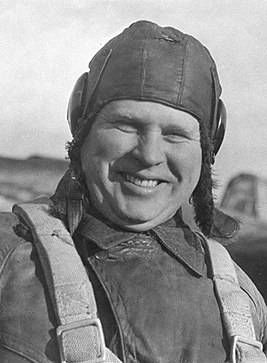
Of course, the Great Patriotic War became the main field of application of the IBR-2, and from the very first day.
The use of, so to speak, the interpretation did not differ. In the annals of history there are records of such operations as the attacks of German destroyers in the Baltic. MBR-2 together with the SB and Pe-2 bombers, but operating at lower altitudes (up to 2000 m), carried out bombing, but did not achieve success. Only suffered losses from the anti-aircraft fire of the German ships, which could quite easily sink our ships, as it happened 24.07.1941 with the vessel "Meridian", which the Germans sank despite attempts by attacks of our aircraft.
In addition, in the Baltic (and not only there) the MBR-2 was not allowed to act enemy fighters. Perhaps only in the Arctic, where the use of German aviation was not of a permanent nature, mainly due to the small number.
But if the German fighters met "barnchiki", the massacre was short and brutal. And therefore, from the end of 1941, the MBR-2 went to work in the dark. This sometimes brought results, for example, on the night from 5 to December 6, flying boats attacked the port of Liinakhamari. The direct hit of the bomb damaged the ship Antje Fritzen (4330 brt).
But there was another role that the MBR-2 played more successfully. During the first phase of World War II, the IBR-2 turned out to be practically the only aircraft that could fight enemy submarines in all seas.
Of course, we are not talking about any search radars. And the “main caliber” of the MBR-2 was made up of the PLNB-100 depth charges with very small capabilities, and the Germans did not suffer losses from the actions of the MBR-2, but the damage that several German submarines sustained caused them to act with more caution, for example, White Sea.
The MBR-2 was used for anti-submarine cover for Allied convoys heading to Soviet ports. From 6 to 13 in July, 1942 of the MBR-2 conducted a reconnaissance and search for the transports of the infamous PQ-17 convoy. Flying boats were active during the posting of the largest convoy PQ-18.
In general, after the 1943, the MBR-2 operated exclusively in the Arctic, where, during the polar night, the barn crews could operate relatively safely.
On the night of 24 on 25, on January 1943 of the year, the IBR-2 from the 118-ORAP made 22 departure to the port of Kirkeness, dropping 40 FAB-100 and 200 fragmentation AO-2,5 to ships in the port.
There were no direct ship hits, but one bomb exploded near the Rotenfels steamer (7854 brt) standing in the raid, waiting for the unloading of the ship. From a close break, hay was ignited, which along with other cargoes was on board. Despite the measures taken (and on the "Rotenfels" urgently redeployed the Norwegian fire brigade and 200 Soviet prisoners of war, who were ordered to throw hazardous cargo into the sea), the fire was not extinguished. The Germans, reluctantly, had to sink the ship. Although it was soon lifted, 4000 tons of cargo were lost, and the steamer stood for repair for a long time.
No kidding, but in 1943, it was the biggest victory of all Soviet naval aviation. Produced by more than modest outdated flying boats.
In 1943-44 the intensity of the struggle on polar communications only intensified. German submarines received significantly more powerful anti-aircraft weapons, and the latter began to defeat the latter in the confrontation of the MBN-2 with bombs and machine guns and U-bots with Fearling.
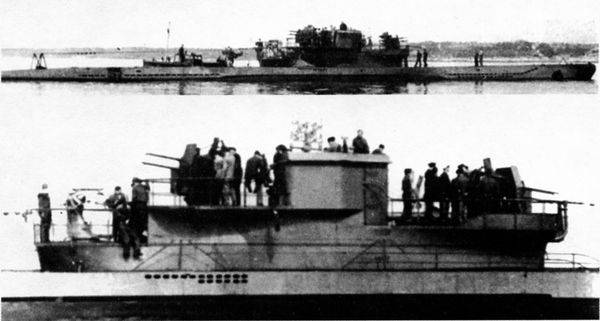
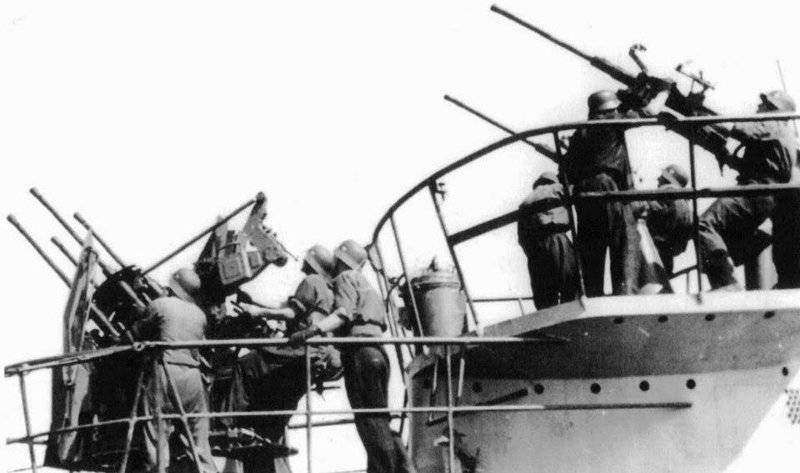
Now the “wolves” Doenitz could well fight off the weakly-armed MBR-2. And in general, what a sin to conceal, the effective anti-submarine aircraft MBR-2 did not. First of all, due to the lack of a radar station. Yes, the Allies station search submarines entrenched in the range of aircraft planes PLO in other countries.
However, the MBR-2 continued to search and attack enemy submarines, simply because we did not have other aircraft. Until the American Catalina appeared in the northern expanses, a very advanced and formidable weapon.
Nevertheless, the barns conducted air and ice reconnaissance in the White Sea, conducted convoys, continued the search for submarines, especially in the areas of the Svyatoy Nos and Kanin Nos capes.
By June, 1944 included 33 MBR-2, which were used quite intensively, for the same year, they completed 905 sorties in that year, and 1945 in 259.
There were, however, not entirely normal operations.
In September, 1944 was evacuated in an unusual way by the crew of the wounded British Lancaster bomber, which was involved in one of the attacks on the Tirpitz battleship.
The bomber did not reach the Yagodnik airfield near Arkhangelsk, where he was supposed to refuel the way back to Britain, and flopped into a swamp near the village of Talagi.
MBR-2, who flew in to help, first dropped a conductor on a parachute, and then sat down on the nearest lake and waited there while the conductor led the British to the plane.
And there was a case when the actions of the crew of the MBR-2 helped capture the colleagues. Flying boat BV-138 made an emergency landing in the area of. Morzhovets. The crew began to request help by radio, but the work of an unknown radio station only attracted the attention of our sailors. The MBR-2, which had flown to that area, discovered its hapless colleagues and brought on the BV-138 hydrographic vessel "Mist", whose crew seized the plane and captured the Germans.
But again, such moments could occur only where the enemy aircraft did not work. In the Baltic, the Finns and Germans quite calmly recorded at their own expense the MBR-2 practically without straining.
Summing up the use of the MBR-2, the following should be said: the complete non-compliance of the MBR-2 with the requirements for a marine scout led to the end of his career in this capacity in the very first months of the war. But as a night bomber and a lifeguard, the flying boat was much more successful.
But the most interesting thing is that the end of World War II for the MBR-2 has not ended!
In the 1946 year, the aircraft, which had the least wear, were removed from service and sent to North Korea. As someone, the question is complex, with the supply of any information from the DPRK, it is difficult for us, but the fact that the planes took part in the war.
By the beginning of the war, the North Koreans had created, at least on the east coast, several hydro bases for the MBR-2, from where they could control the coastal waters. It is possible that it was from there that the North Korean MBR-2 made night raids, which infuriated the crews of American night fighters, whose radars with great difficulty could detect the barn engine. The rest, as we remember, was all made of wood.
Together with the IBR-2, DPRK-2 got into the DPRK, with whom the barnes made a good nightly duet. “Mad Chinese alarm clocks” handled front-line trenches just as good as the Great Patriotic One, and Charlie’s “night coffee grinders” did not allow UN Forces sweepers to work at night. With great confidence we can assume that the "coffee grinder" - this is just the MBR-2.
But the Korean War was the last performance of the MBR-2 and the final combat career. By the time of the conclusion of the Ceasefire Agreement in July 1953, there were no longer any MBR-2 in the DPRK air force ranks.
At the end of the story about the MBR-2, I would like to say that Beriev’s car came out unique. Neither speed, nor height, nor any other excellent characteristics. And nevertheless, “barnchiki” simply pulled the service where it was necessary.
Truly "air workers war."
Characteristics of MBR-2
Wingspan, m: 19,00
Length, m: 13,50
Height, m: 5,36
Wing area, square m: 55,00
Weight, kg:
- empty aircraft: 3 306
- normal takeoff: 4 424
- fuel: 540
Engine: 1 x M-34NB x 830 l. with.
Maximum speed km / h:
- by the ground: 224
- at height: 234
Cruising speed, km / h: 170-200
Practical range, km: 690
Practical ceiling, m: 7 400
Crew, prs: 3
Armament: 2-4 7,62-mm ShKAS or YES machine gun, bombs up to 600 kg.
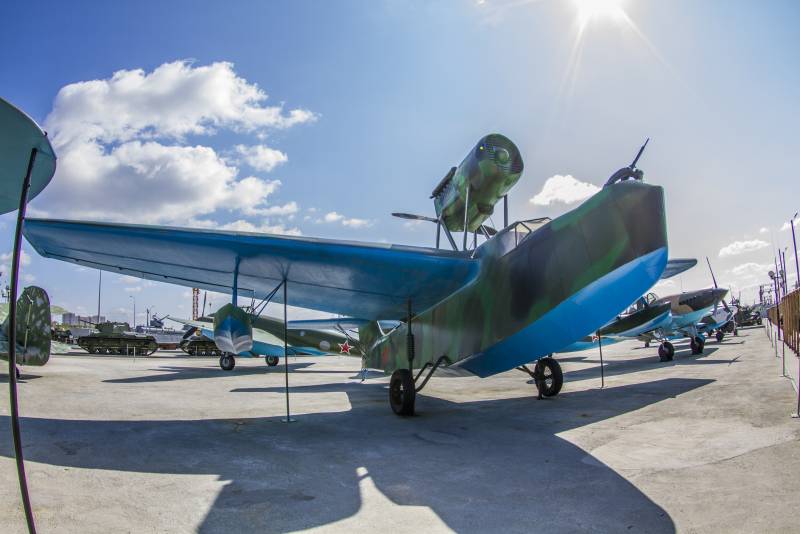
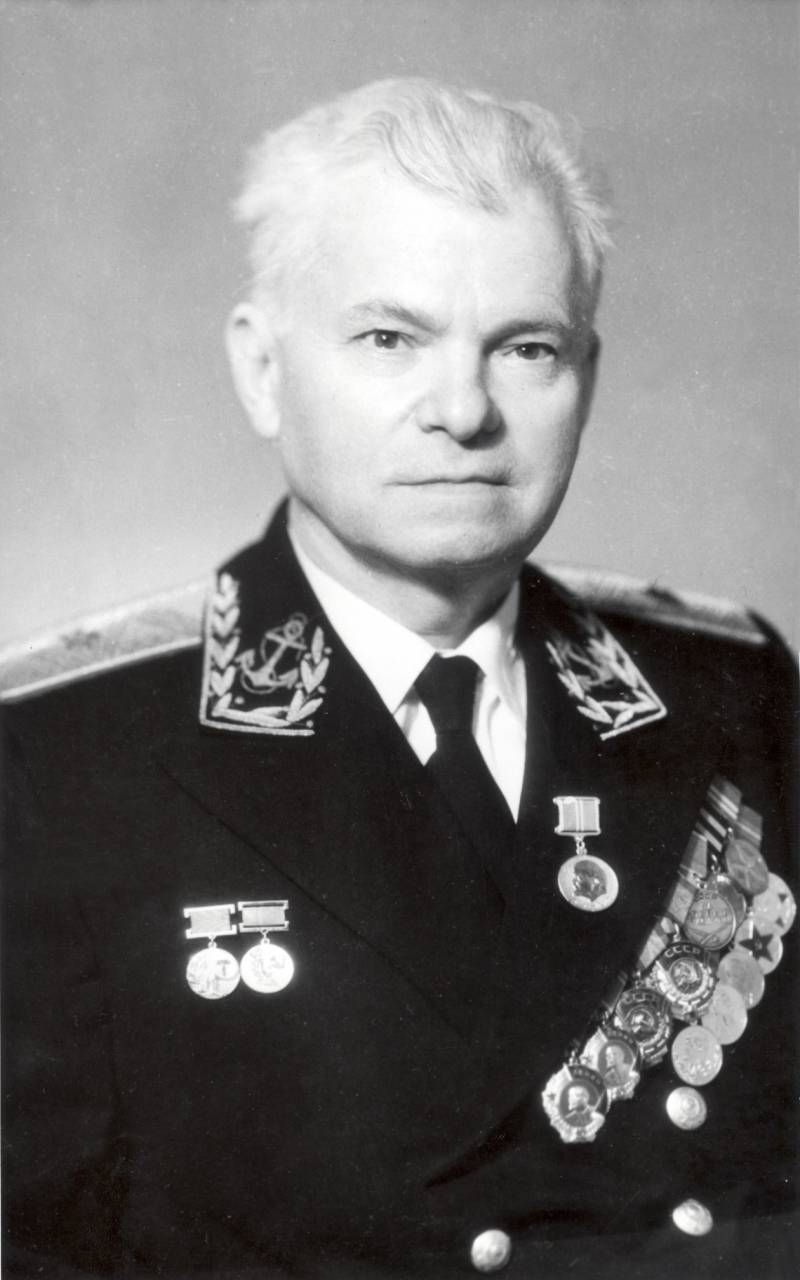
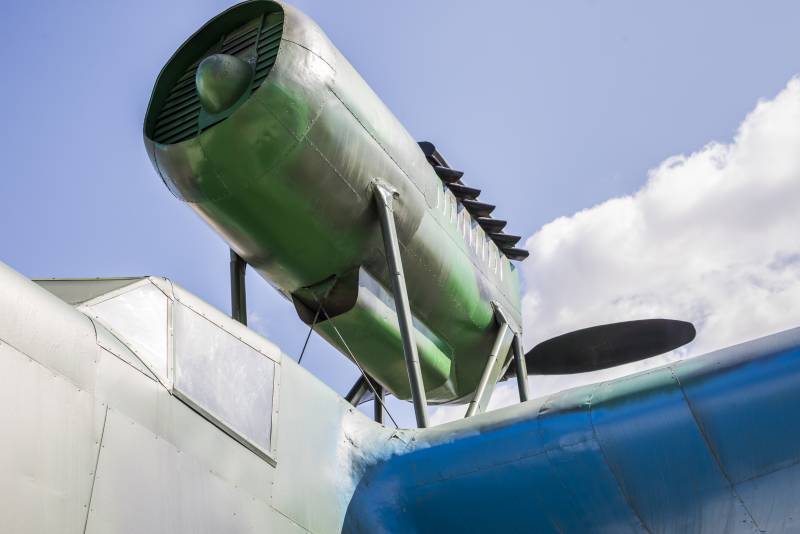
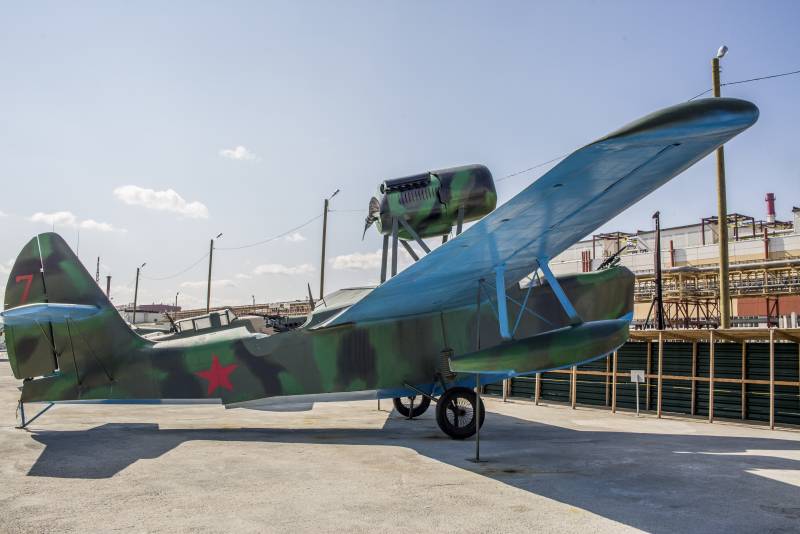
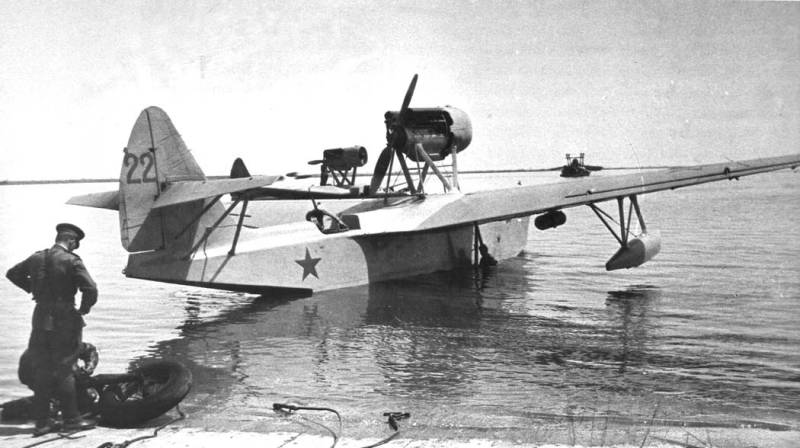
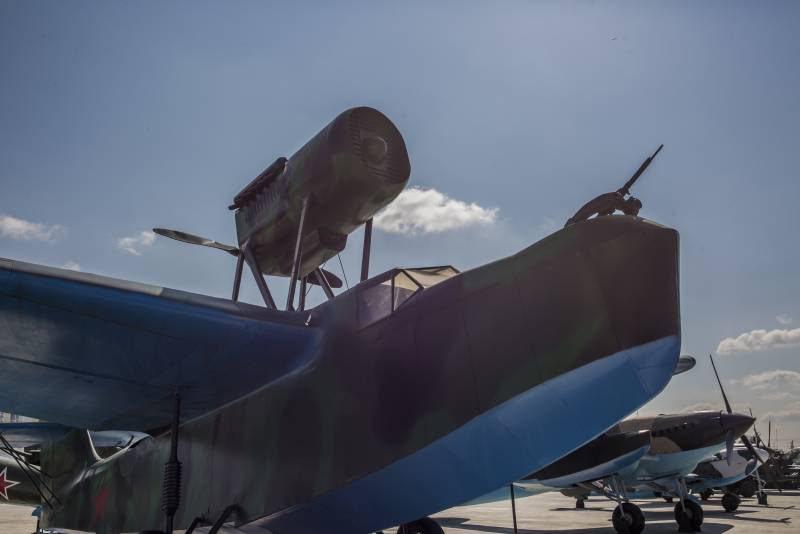
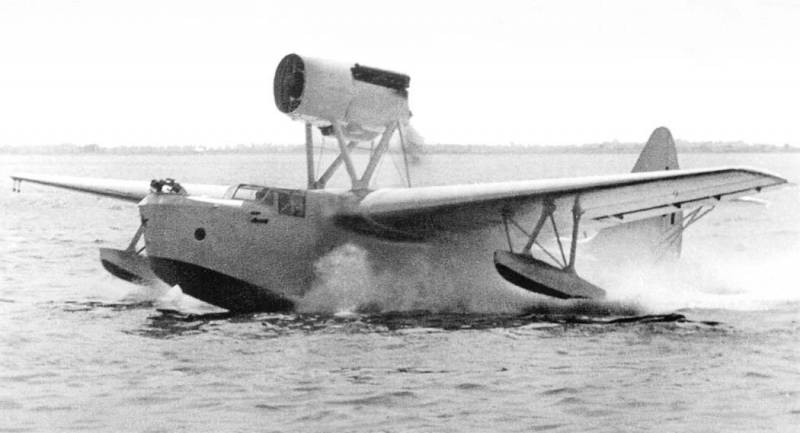
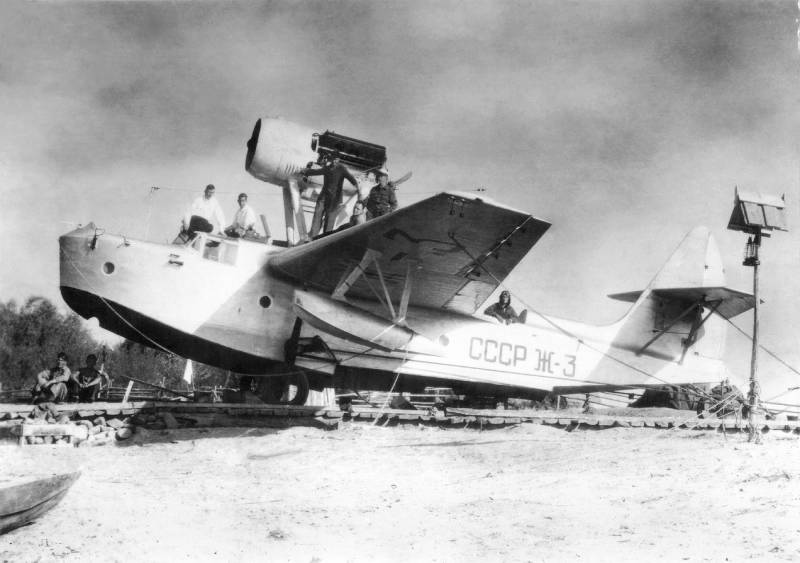
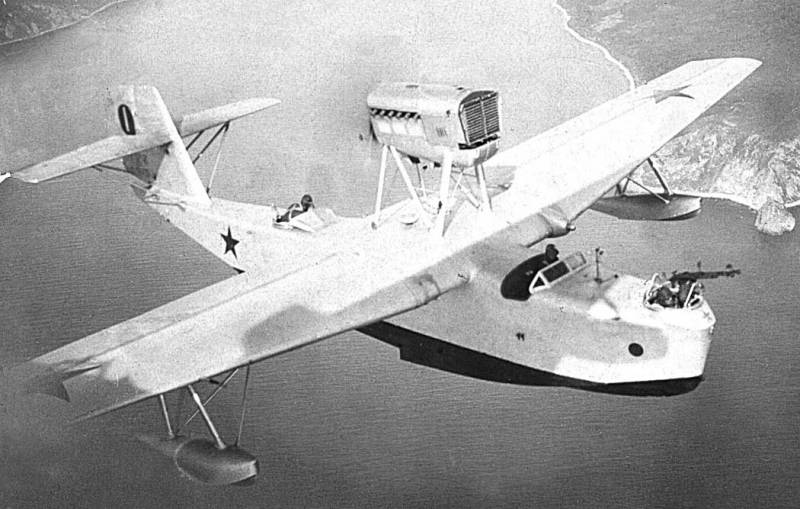
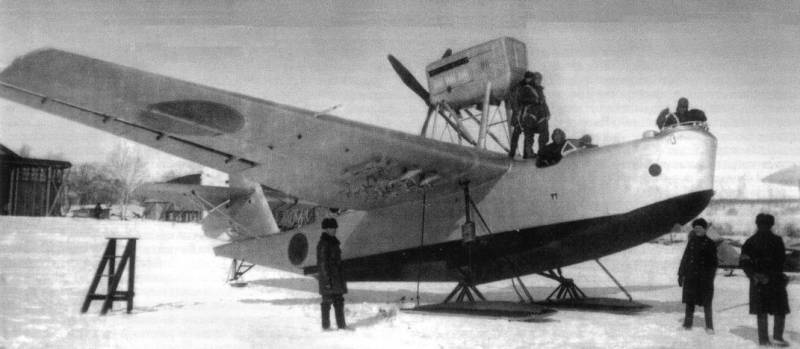
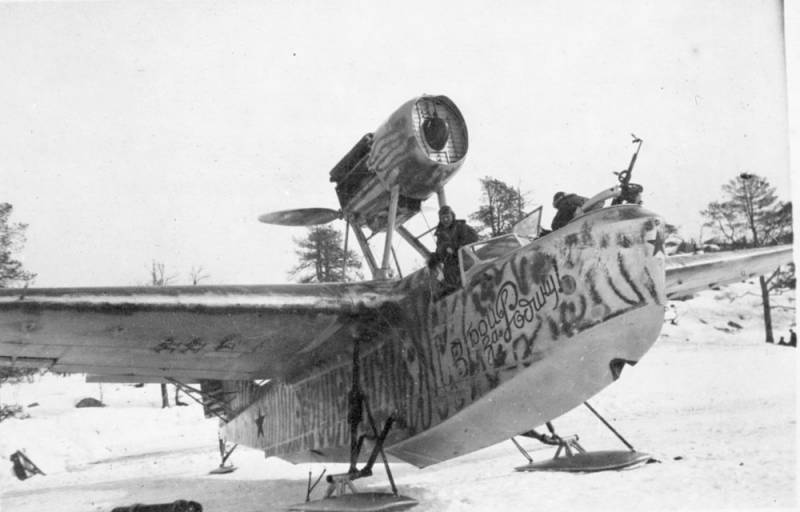
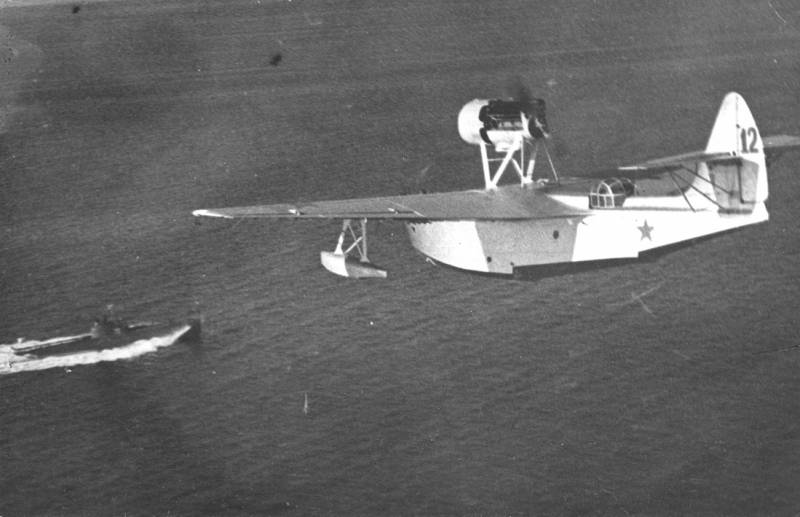
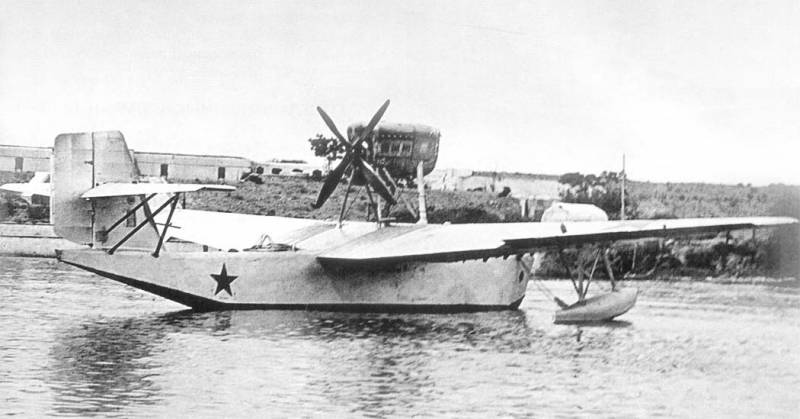
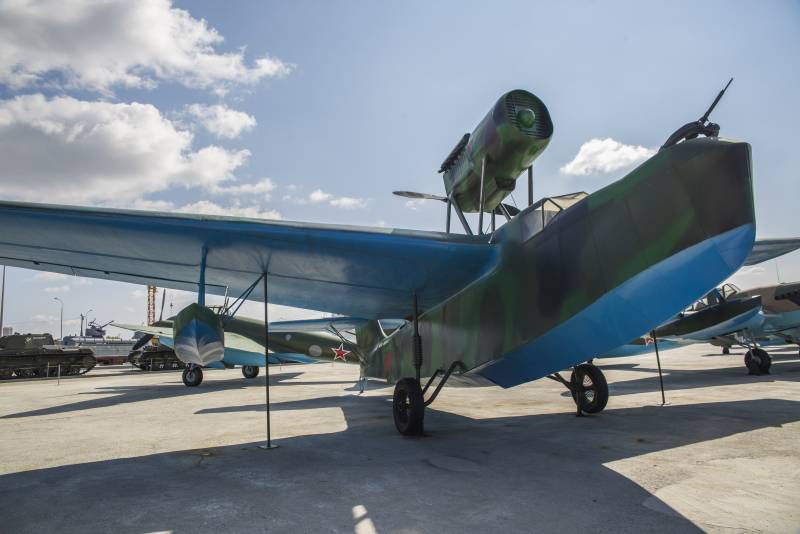
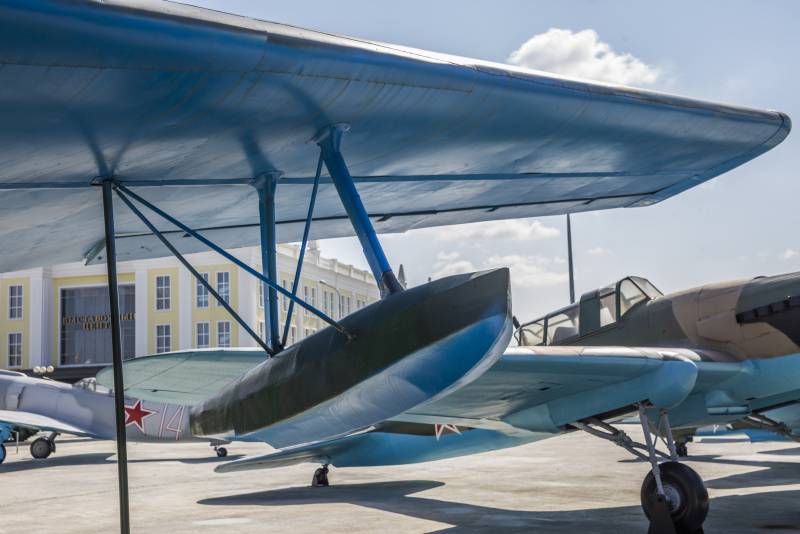
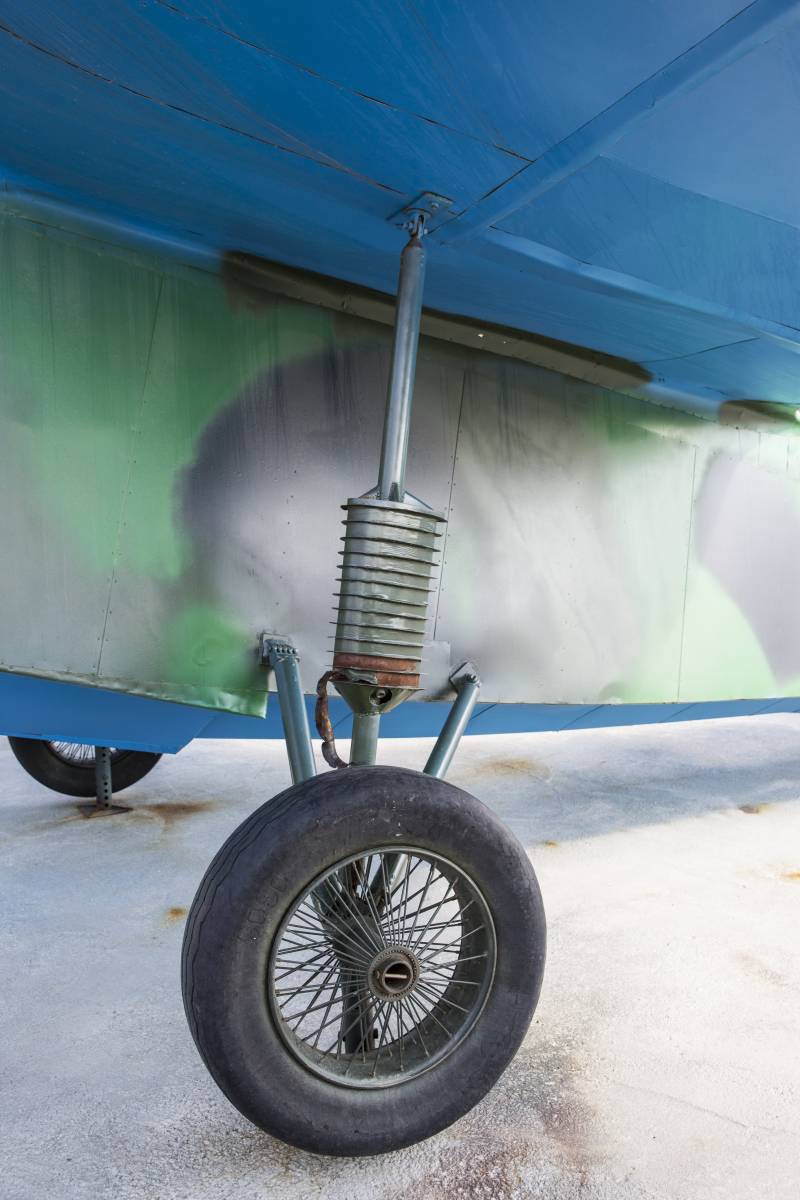
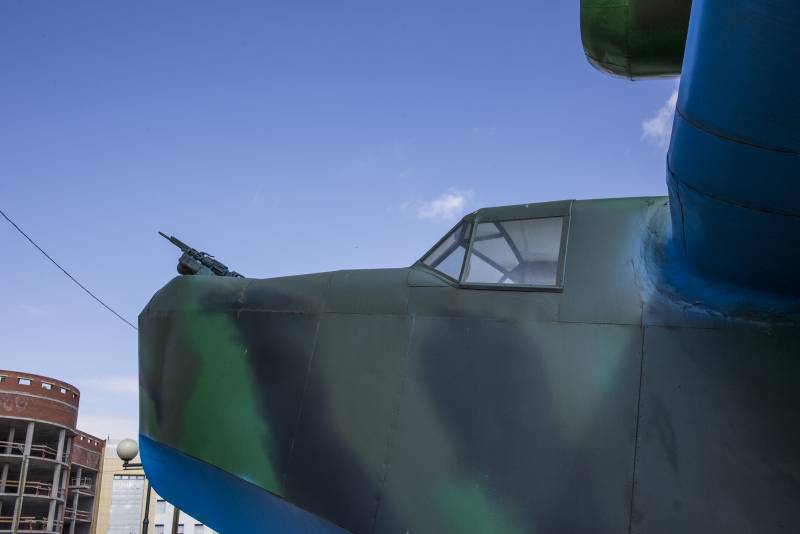
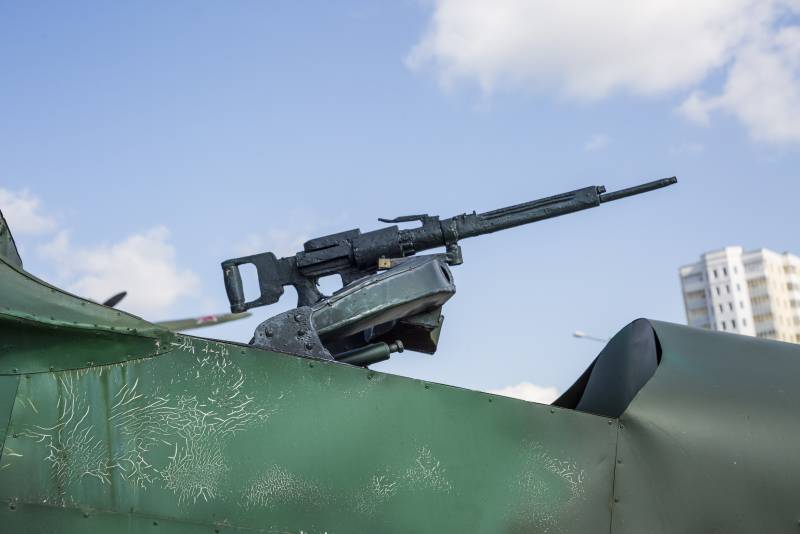
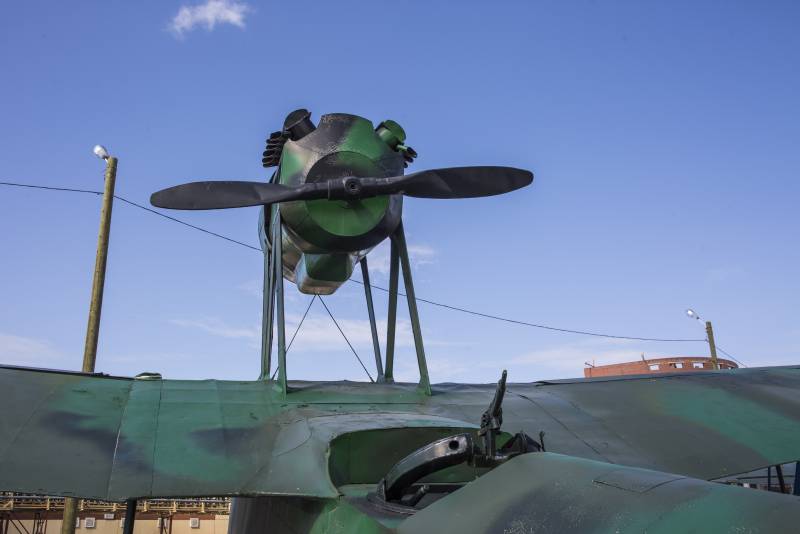
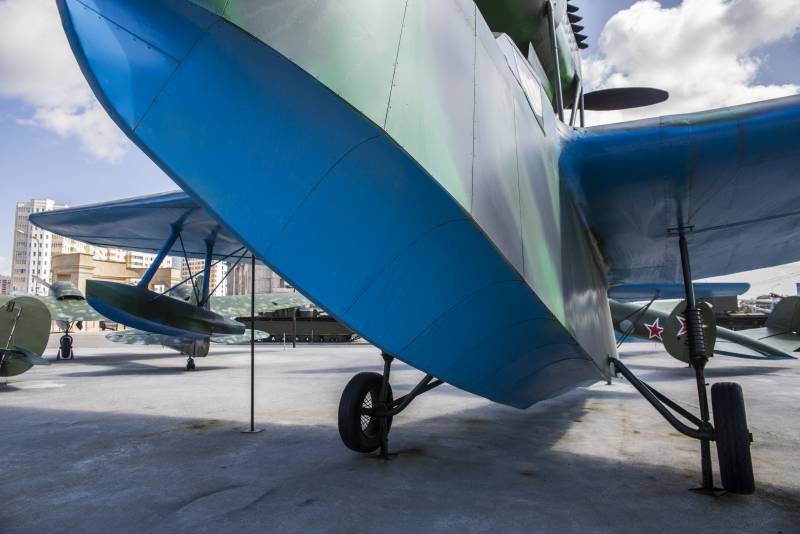
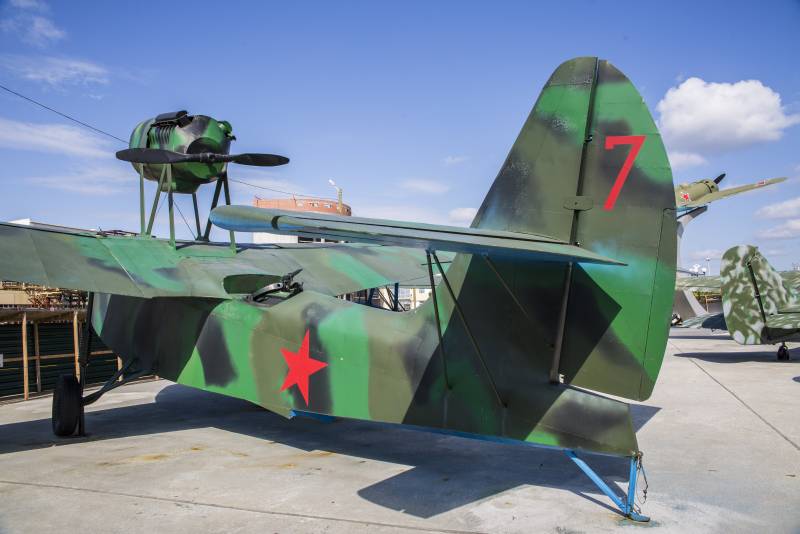
Information